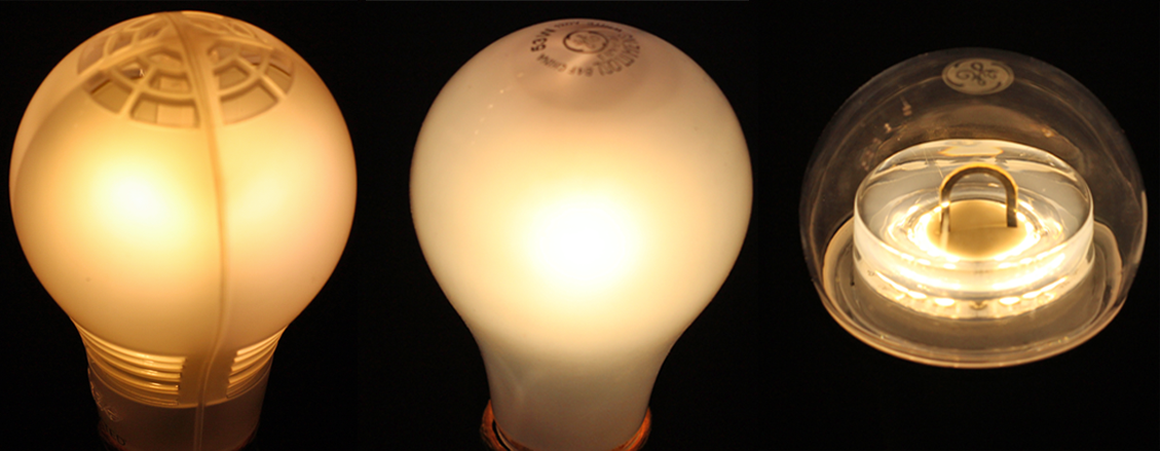

For example: It takes an incandescent bulb 60 watts to produce the same amount of light that would take a CFL bulb only 15 watts to produce (see References 2). Joined Messages 72 Reaction score 0 Location Brisbane. Another element to look at is the watts it takes to produce the same amount of light. Thread starter liltimmy Start date Help Support AUSSIE PYTHONS: Status Not open for further replies. It would cost 1.32 to operate the LED bulb for the same amount of time. At this rate, it would cost 6.60 to operate the incandescent bulb for 1,000 hours. As of 2019, the residential electricity rates in Virginia average approximately 0.11 per kWh. Luminous efficiency is one way to determine which bulb to choose, yielding CFLs as the most efficient, followed by halogen bulbs and then incandescent bulbs. The 12W LED bulb consumes 12 kilowatt-hours (kWh) of electricity every 1,000 hours. The luminous efficiency of halogen lamps cradles between the previous two at an approximate 3.5 percent efficiency. The luminous efficiency of fluorescent lighting is the highest, between 9 percent and 11 percent for most CFLs, while conventional incandescent bulbs stand between 1.9 percent and 2.6 percent efficiency (see References 1). For a source of light to be 100 percent efficient, it would hypothetically need to give 680 lumens per watt (see References 1). While there are some HID retrofit kits available, halogen and xenon bulbs. But, halogen headlights are dirt cheap because they have been made for more than 50 years.

Light is measured in units called "lumens," which correspond to the amount of light produced per watt. Halogen does not emit as much light as a HID light, and road vibrations will cause the halogen incandescent filament to slowly decay and burn out.


 0 kommentar(er)
0 kommentar(er)
